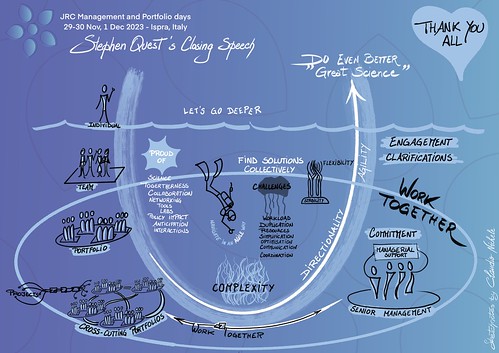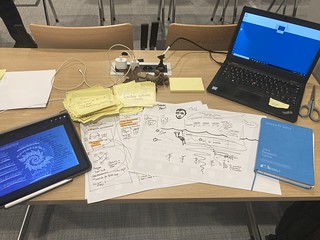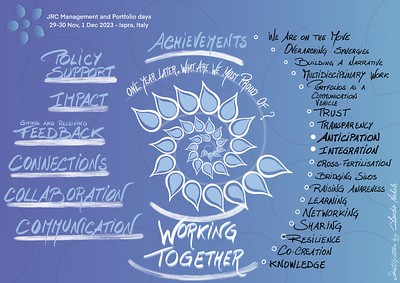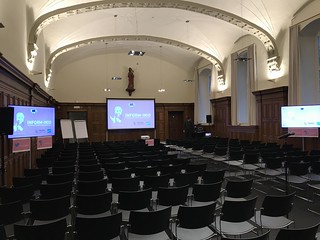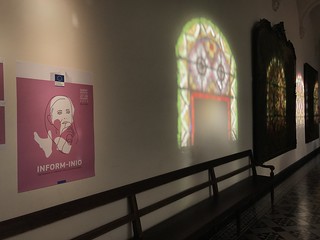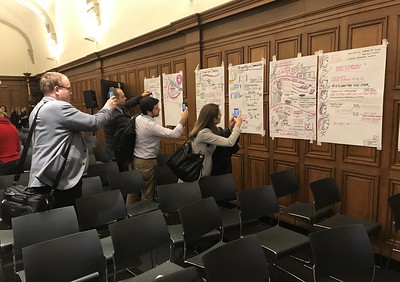Burnout is a scourge that affects a large number of people, both in the world of work and outside. The European Commission is no exception. Since this year, a group of volunteers within the institution has formed a network to try to provide help and support. They are either specialists in burnout/mental health or are particularly interested in the subject due to a previous experience of burnout. I am happy and proud to be part of it.
At our last meeting, we discussed the conditions and characteristics that are conducive to leading an individual to burnout. We also discussed the aftermath of burnout, and this is what I personally focused on and took visual notes on. We talked about the warning and protection mechanisms that need to be put in place after a burnout, the sometimes radical decisions that need to be made, and the changes in attitude, behaviour, and mentality that need to be made in the ecosystem of our life.
The conclusion, not easy for everyone to accept, is that burnout is a life opportunity to get to know ourselves better by understanding the deep reasons that led us to it, and an opportunity to change the perspectives of our life. For this reasons, it is important to be grateful, to see the positive that burnout has brought us. The network will continue to work to provide preventive assistance to colleagues, to prevent burnout with more awareness, and to assist those who return to work after burnout.
And you, what have you put in place in your workplace to prevent and/or help burnout victims?









